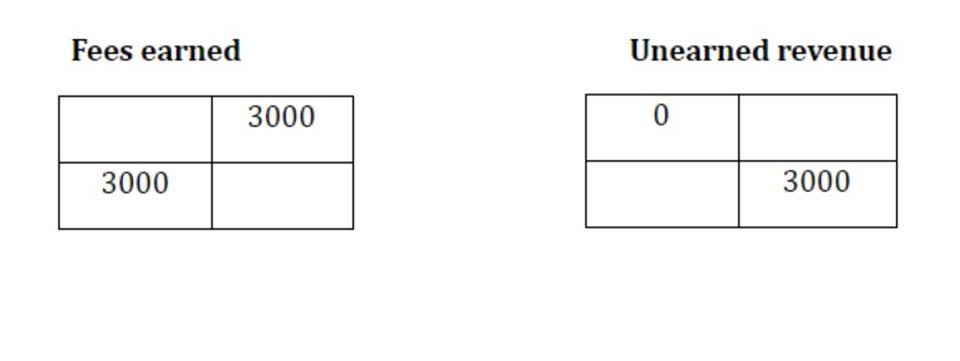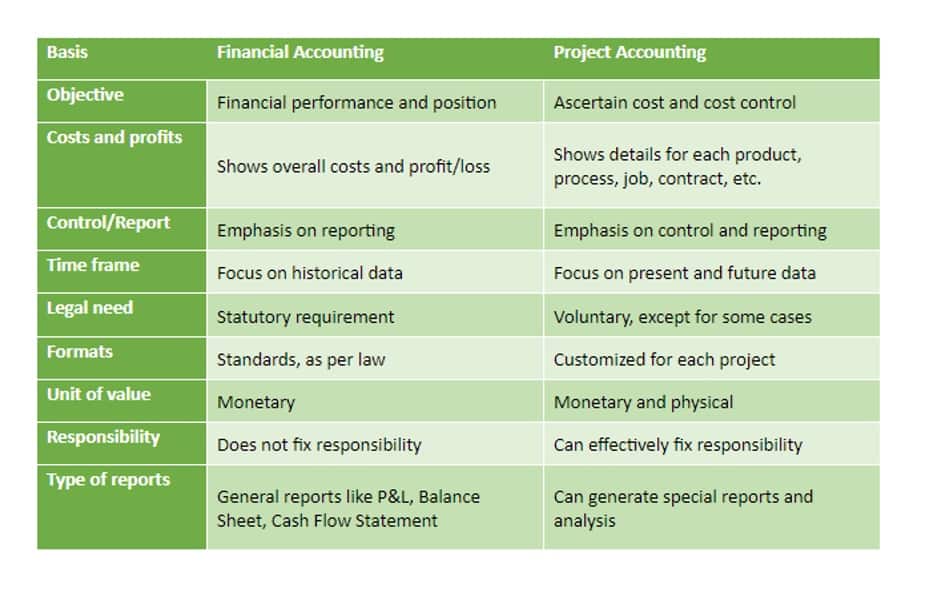
You can deduct up to half of your self-employment tax on your income taxes. Carrying on with the above example, you can deduct up to $7,206. To calculate your self-employment taxes, you first need to determine 92.35% of your net earnings. You then apply the combined tax rate of 15.3% to this amount.

The difference between self-employment tax and income tax

With excellence and professionalism, he has developed a solid track record in personal injury law. This is not an offer to buy or sell any security or interest. Working with an adviser may come with potential downsides such as payment of fees (which will reduce returns). There are no guarantees that working with an adviser will yield positive returns. The existence of a fiduciary duty does not prevent the rise of potential conflicts of interest.

Tax Deductions for Self-Employment
- This means that if you have a W-2 job, and you can bump up your salary a bit, this could mean that less of your self-employment earnings are subject to the Social Security tax.
- You are exempt from paying the self-employment tax if you are self-employed and earn less than $400 a year or less than $108.28 as a church employee.
- If you recently started a business, you’ve undoubtedly heard of the self-employment tax.
- Self-employed taxpayers can receive Social Security if they have worked and paid Social Security taxes for a certain length of time.
- Self-employment taxes are similar to FICA taxes, which W-2 workers split with their employers.
- While employers typically cover a portion of their employees’ Social Security and Medicare tax responsibility, self-employed people have to pay the full amount of these taxes themselves.
Alongside her accounting practice, Sandra is a Money and Life Coach for women in business. In this guide, learn about self-employment tax and how to calculate it in a few straightforward steps. With NerdWallet Taxes powered by Column Tax, registered NerdWallet members pay one fee, regardless of your tax situation. to calculate the taxpayers net earnings from self-employment, 92.35% is multiplied by: The tax rules apply no matter how old you are and even if you’re receiving Social Security or are on Medicare. Many, or all, of the products featured on this page are from our advertising partners who compensate us when you take certain actions on our website or click to take an action on their website.
- Let’s say you have $175,000 in net income from self-employment in 2024.
- Typical sole proprietorship businesses may include music teaching studios, established freelance creatives, one-person food trucks, and other single-employee ventures.
- These taxes are paid to the federal government, as well as your local area government (for example, the city, county and school district you live in).
- Understanding the concept of net earnings is crucial for self-employed individuals as it forms the basis for calculating their tax obligations.
- This form is used to calculate your self-employment tax liability and to report that amount to the IRS.
- To find the amount owed in taxes, you must multiply your taxable income by 0.153.
Estimated tax payments: What you need to know
- In the event that you overpay your taxes, you’ll be refunded the excess amount.
- You may need to pay self-employment tax if you’re a freelancer, an independent contractor or a small-business owner.
- Because they are not automatically withheld from your pay, it’s essential to take self-employment taxes into account when budgeting for the year.
- Unlike income tax, self-employment tax falls under federal jurisdiction; Social Security and Medicare are federal programs, after all.
- There are several other tax deductions that self-employed individuals can claim to reduce their taxable earnings, like if you use your home for business.
- You also have a side hustle making custom party cakes that brings in an additional $20,000 per year.
If you expect to pay more than $1,000 in taxes, you’re supposed to pay quarterly estimated taxes. This ensures you pay the taxes that W-2 workers have taken out of their paychecks automatically — and paying them quarterly can help ensure you aren’t hit with a huge tax bill in April. In 1935, the federal government passed the Federal Insurance Contribution Act (FICA), which established taxes to help fund Social Security and Medicare. The tax is paid by employers and employees, who split the burden by each paying half. This is done to achieve more fairness in the treatment of permanent, salaried employees versus self-employed professionals. As salaried employees split the 15.3% tax rate with their employers, they’re essentially paying 7.65% of their earnings in FICA taxes.
You are exempt from paying the self-employment tax if you are self-employed and earn less than $400 a year or less than $108.28 as a church employee. If you have earnings from other sources that exceed this amount, you are not exempt from self-employment tax. In 2024, only the first $168,600 in net earnings is subject to the Social Security portion of self-employment taxes. You do not have to pay Social Security tax on your self-employed earnings above $168,600. Continuing with the above example, multiply the tax rate by your adjusted net earnings.
How to File Self-Employment Taxes
You’ll need to file quarterly estimated taxes and an annual income tax return. When you’re employed, your employer withholds these taxes from your wages. The amount of income tax you pay depends on your filing status — including whether you’re single or married — in addition to how much taxable income you receive in a year.
Is self-employment tax deductible?
- Some examples of business expenses that should be deducted from your gross income include rent and utilities, staff costs, equipment, and insurance fees.
- You then apply the combined tax rate of 15.3% to this amount.
- According to the IRS, if you received a 1099 form instead of a W2, you are considered self-employed.
- The deduction allows eligible taxpayers to deduct up to 20 percent of their QBI.
- We’ve rounded the result because the IRS gives you the option of rounding off cents to whole dollars on your tax return and schedules.
- Take 92.35% of this figure and apply the Social Security and Medicare tax rates — 12.4% and 2.9%, respectively.
Medicare tax



